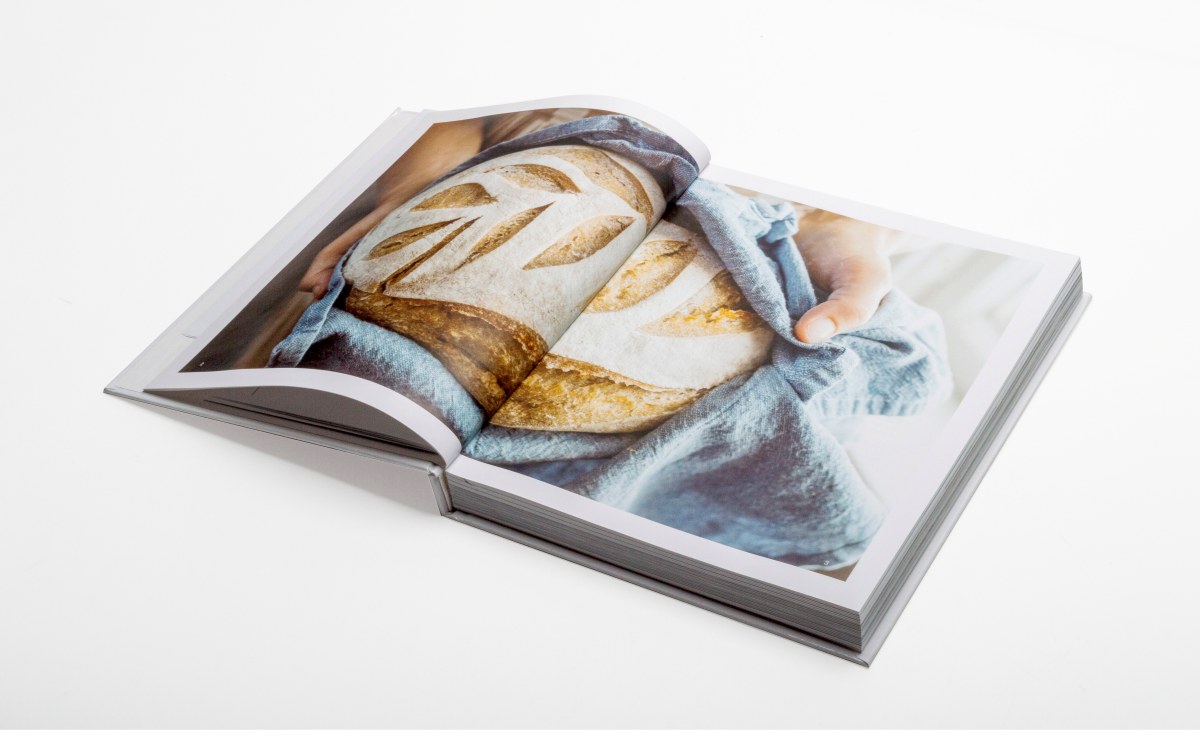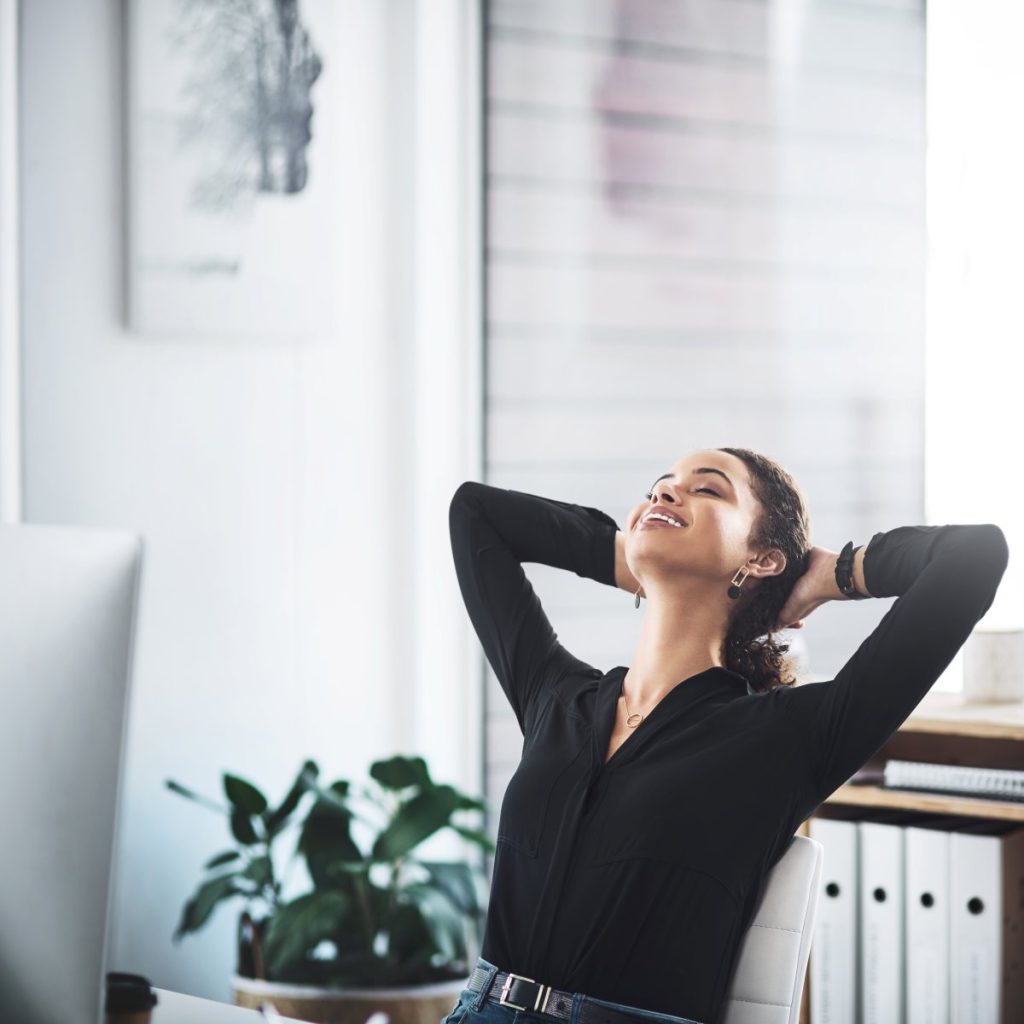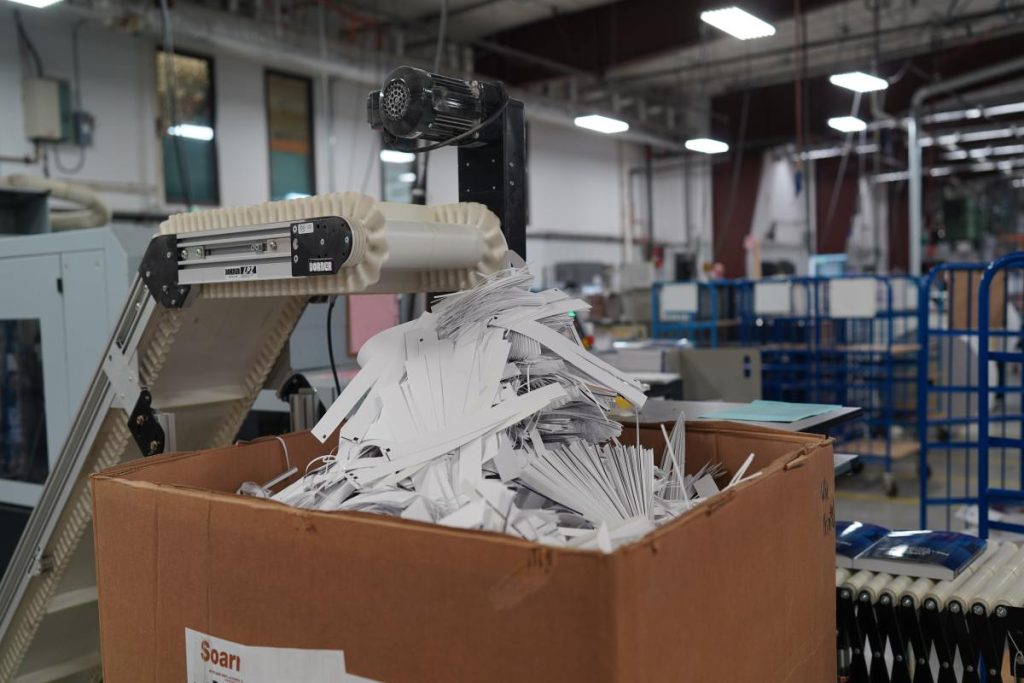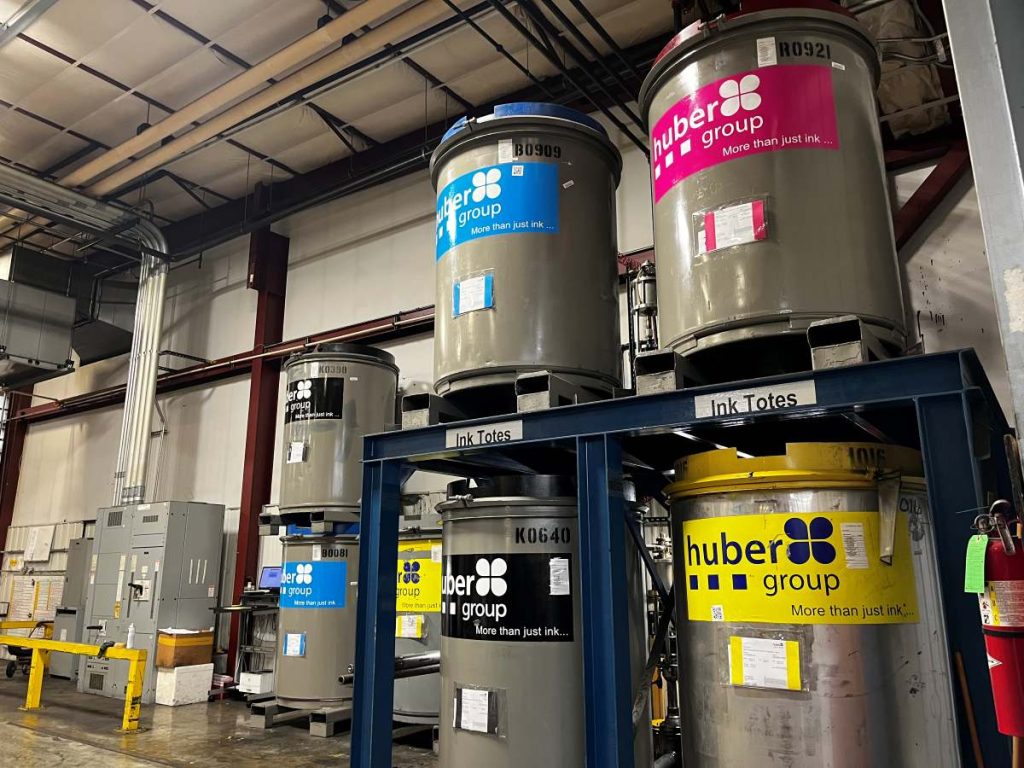

Coffee table books are more than just reading material; they’re conversation starters, decorative centerpieces and treasured gifts. Often filled with stunning photography, captivating artwork or unique collections, these books demand a level of quality that goes beyond the average paperback. For publishers in the world of coffee table books, the printing process is the final step in capturing the essence of the work and creating a truly exceptional product.
This blog will delve into the key considerations for printing a coffee table book, particularly those showcasing high-quality art or photography.
Paper: The Foundation of Quality
The paper stock you choose forms the foundation of your book’s tactile and visual experience. For coffee table books, especially those featuring photography or art, premium paper is non-negotiable. Here’s what to consider:
- Weight: Heavier paper stocks convey a sense of luxury and durability. Think about using paper in the 60# text weight range or higher. This will prevent show-through (where images on one side of the page are visible on the other) and provide a substantial feel.
- Coating: Coated papers, whether gloss, semi-gloss or matte, enhance image vibrancy and provide a smoother surface for printing. Gloss coatings make colors pop and offer high reflectivity, while matte coatings provide a more subtle, sophisticated look with less glare. Semi-gloss offers a balance between the two. The choice depends on the specific aesthetic you’re aiming for and the type of imagery in the book.
- Brightness: Paper brightness affects how colors appear. Brighter papers can make colors appear more vivid, while less bright papers can create a more muted, classic look. Consider the overall tone and style of your book when selecting paper brightness.
Color Replication: Capturing the Nuances
Accurate color reproduction is essential for showcasing the true beauty of artwork and photography. A skilled printer will employ sophisticated color management techniques to ensure that the printed colors match the original artwork as closely as possible.
- Pre-Press Proofing: Carefully reviewing proofs is critical.Proofs allow you to see exactly how the colors will appear as well as allow you to make any necessary adjustments before the entire print run.
- Color Calibration: Ensure your printer adheres to industry color standards to maintain consistency throughout the printing process. If possible, work with a printer that is G7 certified.
- Prepare Your Files: To ensure correct color replication, it’s important that the files you send to your printing partner are set up for their system. If your printer uses CMYK, make sure your files are prepared accordingly.
Binding: Ensuring Longevity and Presentation
The binding of your coffee table book plays a crucial role in its durability and overall presentation. For high-quality coffee table books, casebound binding (also known as hardcover binding) is the preferred choice.
- Casebound Binding: This method involves sewing or gluing sections of the book together to form a sturdy book block, which is then attached to hardcovers. Casebound books are known for their durability and longevity, making them ideal for books that are meant to be cherished and revisited time and again.
- Endsheets: The endsheets, which attach the book block to the covers, are an opportunity to add a touch of elegance. Consider using high-quality paper stock for the endsheets, you can explore using printed or textured endpapers to complement the book’s design.
Printing: Choose Your Method Wisely
When printing coffee table books, there are two printing methods typically used by professional printers: sheetfed printing and digital printing.
- Digital Printing: Digital inkjet and digital toner-based printing are great options to maintain overall quality while printing efficiently at lower quantities. Digital printing methods also offer customization options on an individual book level, making it easy to add a personal touch to your project.
- Sheetfed Printing: Sheetfed offers more paper, coating and color options than digital printing, but can be more cost-prohibitive in smaller runs. If you’re looking to create a masterpiece with lots of unique options and visual appeal, sheetfed may be the way to go.
Cover Finishes: Adding the Final Touch
The cover is the first thing people see, so it’s essential to make a strong impression. Special cover finishes can elevate the look and feel of your coffee table book significantly.
- Lamination: Lamination provides a protective layer that enhances durability and prevents scuffing. Options include gloss, matte and soft-touch lamination, each offering a different tactile and visual experience. Soft-touch lamination, in particular, adds a luxurious, velvety feel.
- UV Coating: UV coating can be applied to specific areas of the cover to add shine and highlight certain elements, such as the title or an image.
- Embossing/Debossing: Embossing raises the surface of the cover, while debossing creates an indented effect. These techniques can add texture and dimension to the cover design.
- Foil Stamping: Foil stamping adds a metallic sheen to the cover, creating a luxurious and eye-catching effect. Gold, silver and copper are popular choices, but a skilled printing partner will offer a variety of color options.
Choosing the Right Printing Partner: A Critical Decision
All of the above considerations are moot without a skilled and experienced printing partner. Choosing the right printer may be the most critical decision you’ll make in the coffee table book printing process.
- Experience: Look for a printer with a proven track record of producing high-quality art books and photography books. Ask for samples of their previous work and customer testimonials.
- Expertise: Ensure the printer has expertise in the specific printing techniques and finishes you’re considering.
- Communication: Clear and consistent communication is essential. Your printer should be responsive to your questions and concerns and be willing to work with you throughout the process.
- Quality Control: Inquire about the printer’s quality control procedures. They should have rigorous checks in place to ensure that the final product meets your expectations.
Print Your Next Coffee Table Book With Walsworth
Printing a coffee table book is an investment in creating a lasting piece of art. By carefully considering the paper, color replication, binding, cover finishes and, most importantly, choosing a high-quality printing partner, you can create a book that is not only visually stunning but also a treasured keepsake that will last for years to come. With powerful sheetfed and digital printing capabilities, Walsworth is skilled at creating luxurious coffee table books with a variety of customizable options. And, with over 88 years of experience, our company has the expertise to help you choose the best paper, printing and finishing options to make your project the best it can be. Contact us today to learn more about the Walsworth difference.
* This article was developed with assistance from Google’s PaLM 2 large language AI model.



